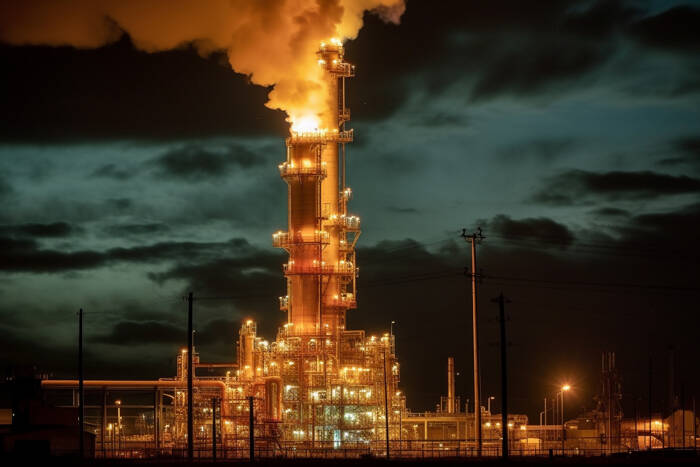The EIA reported a +48 Bcf injection for the week ending July 25—well above both the +41 Bcf consensus and the 5-year average of +24 Bcf. Inventories are now 6.7% above the 5-year norm, despite being 3.9% lower year-over-year. U.S. supply is clearly comfortable heading into peak summer burn, limiting upside potential for prices in the near term.
Production, Rig Counts and Demand Trends Send Bearish Signals
Production remains relentless. Lower-48 dry gas output hit 108.1 Bcf/day on Friday, up 3.4% y/y, while demand sagged to 76.1 Bcf/day, a sharp 13% decline y/y. Baker Hughes confirmed rising activity, with the U.S. gas rig count increasing by 2 to 124—marking a new 2-year high and extending a 10-month climb from last year’s lows.
LNG exports are holding steady, with flows to U.S. terminals at 15.2 Bcf/day (+2.3% w/w), but they’re not absorbing enough excess to tighten balances meaningfully. Europe’s gas storage levels—just 68% full versus a 5-year average of 76%—might limit short-term U.S. export upside as well.
Power Demand Rebounds but Lags Behind Supply Pace
Electricity generation is climbing. The Edison Electric Institute reported an 8.1% y/y increase in total U.S. output for the week ending July 26, hitting 98,772 GWh. This adds some tailwind for gas demand, particularly from utilities. However, it hasn’t been enough to counterbalance the production and storage surplus dragging the front-month lower.
Bearish Outlook as $2.574 Support Comes into View
